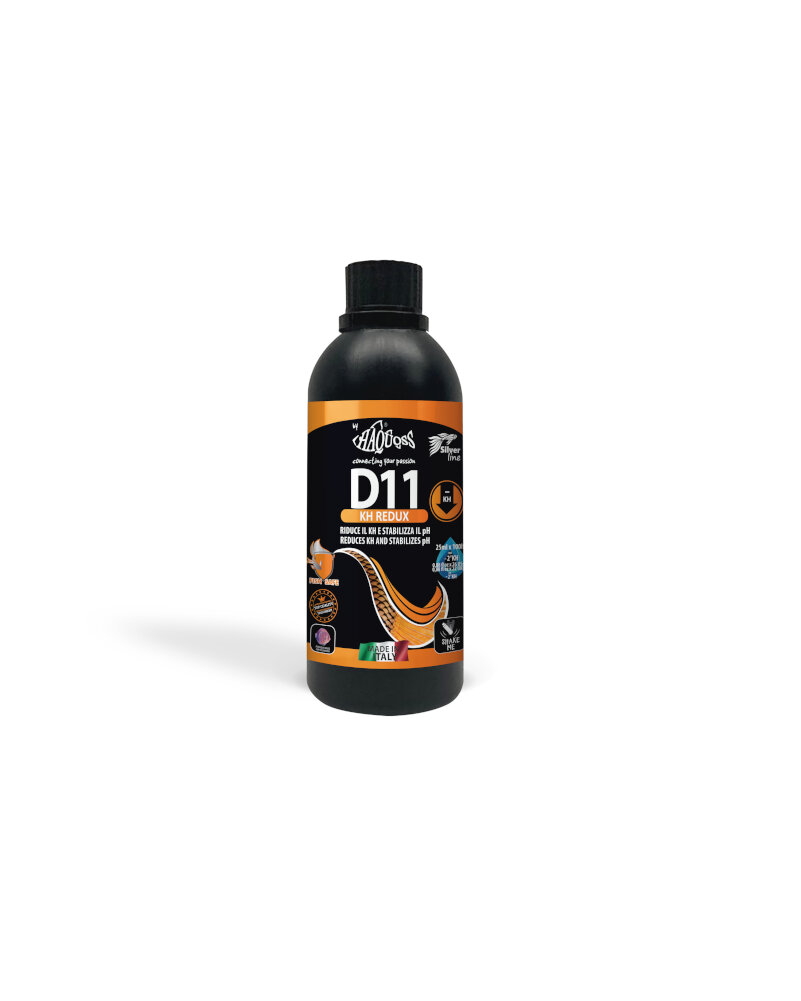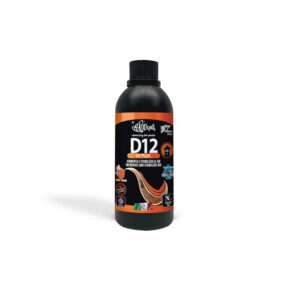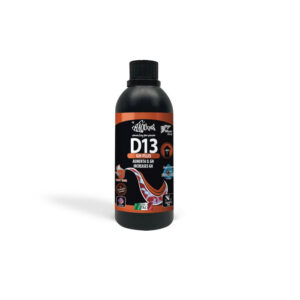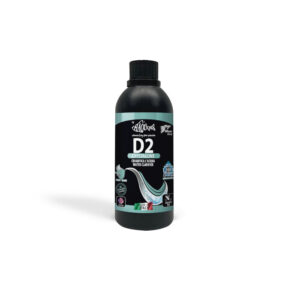Haquoss D11 riduce gradualmente il KH (durezza carbonatica) stabilizzando di conseguenza anche il pH. A seconda del biotopo del vostro acquario, il KH è differente poiché non tutti i pesci ed i crostacei vivono nello stesso tipo di acqua.
In un acquario con pesci di acqua tenera (Cardinali, Scalari, Discus ed Apistogramma) il valore del KH dove essere 2/4°, con pesci di comunità (Neon, Rasbore e Corydoras) si predilige un valore di KH pari a 4/6°, in presenza di Poecilidi (Guppy, Molly, Xipho e Platy) deve rimanere sui 6/9° mentre con Ciclidi africani (Aulonocara, Pseudotropheus, etc… ) il KH deve essere 8/12°. Con crostacei in genere il livello ottimane è 2/4°.
In tutti i casi il pH deve sempre essere stabile tra i 6,8° ed i 7,2°. Prodotto innocuo per pesci e crostacei. Attenersi scrupolosamente alle istruzioni.
DOSAGGIO: 25ml (1 tappo = 5ml per 20lt) ogni 100lt d’acqua abbassano di 2° il KH. Ridurre il KH non oltre 1° al giorno. Se necessario ripetere l’operazione ogni due/tre giorni fino al raggiungimento del valore desiderato ed aerare abbondantemente durante il trattamento, senza aggiungere CO2. Monitorare quotidianamente i valori di pH e KH avvalendosi dei test in commercio, durante il trattamento.
IMPORTANTE: non usare il prodotto in presenza di ghiaia contenente dei carbonati poiché questi si scioglierebbero durante il trattamento e il valore del KH non si abbasserà mai.






